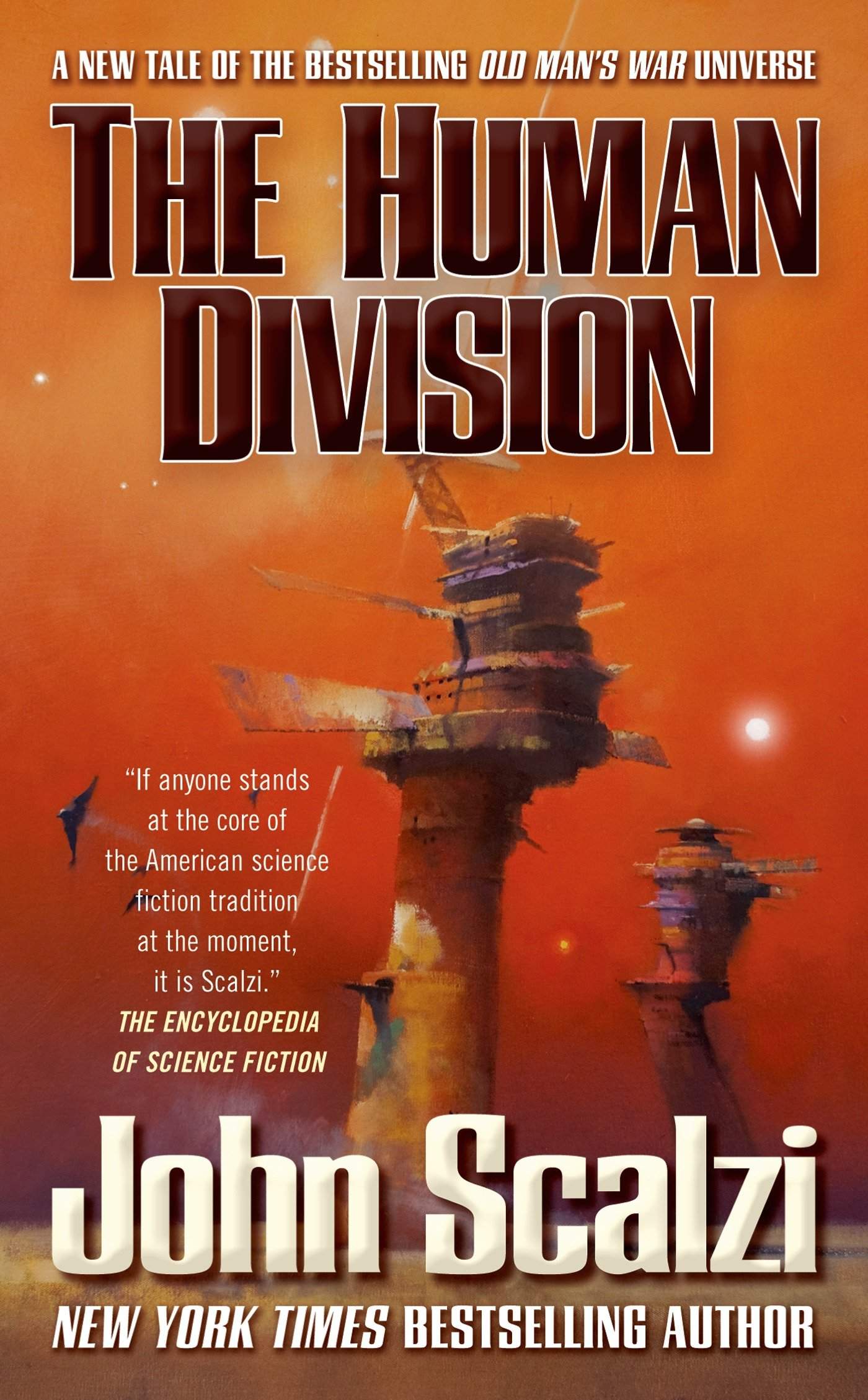Speedbumps: Flooring It Through Hollywood, by Teri Garr

Think of Teri Garr, the legendary actress turns 70 on December 11, and likely it’s as the outspoken girl next door, the slightly off-kilter girlfriend, wife, or mother—characters she played in Tootsie, Close Encounters of the Third Kind, and Young Frankenstein. Even when Garr is playing it straight, as in Mr. Mom and Oh God!, Garr endows her portrayals with an offbeat edge. And there’s another facet to Garr’s characters—a distinct idealism, an ethical pragmatism often challenged by extraordinary events. Faced with the incongruous (Mr. Mom), the unfair (Tootsie) and the inexplicable (Close Encounters), her characters, as carefree or conventional as they might be, demand a certain fairmindedness. Like Jimmy Stewart in It’s a Wonderful Life and Mr. Smith Goes to Washington, Garr’s characters have similarly unshakable principles that conflict with events around them. Look beneath the apparently zany young woman and you’ll find a fierce idealist who expects a certain justice from the world—a persona not unlike Garr herself.
There’s ample evidence of this deeper layer in Garr’s 2005 memoir, Speedbumps: Flooring it Through Hollywood. You find it in the backstory of her many roles, her meticulous character studies, and in her takes on life, art, and of course, the actor’s life. Given Garr’s presence in film, especially in films of the seventies and eighties (a period in which it’s difficult to find a film she doesn’t appear in), it’s fascinating to discover the layers beneath this much admired and popular actress and comedienne.
As a memoir, Speedbumps has a unique aim. It’s meant as both a memoir of the acting life and an account of Garr’s protracted health issues. Unexplained symptoms emerged in the early eighties and went undiagnosed until 1999, when she learned she had multiple sclerosis. Garr is candid about what it is to live with a progressive disease—though when revealing her MS on Larry King Live in 2002, her positive attitude left King bewildered: “He kept probing, and I kept saying I was fine. I know that isn’t provocative, but it’s the truth.” In recounting these challenges, Garr retains her trademark wit, quipping that she initially hoped to title the book Does This Wheelchair Make Me Look Fat? (the publisher nixed it). Her struggles with her health, along with her career and her romances, are told with the same mix of frankness and comedic style. Case in point, Chapter One is titled, “Hollywood: This Mess is a Place.”

As Inga, the lab assistant in Young Frankenstein (1974)
Born Terry Ann Garr in 1946 into a show business family, her mother, Phyllis Garr was one of the original Rockettes, and her father Eddie Garr, was an actor, comedian and a classic New York vaudevillian. The charming and distant Eddie proved to be one of his daughter’s first sources of yearning. Stationed in Guam when she was born, he took work wherever it came. Phyllis raised Terry Ann and her two older brothers virtually alone. As Garr writes, “…we were always on the move, hardly stopping anywhere for longer than a year or two…From Hollywood to Cleveland to New York—wherever my father found work, my mother would pack us up to follow.”
This “gypsy life,” as Garr calls it, was formative. As a struggling actress auditioning for roles in New York, Garr would visit the fourth floor of Bloomingdale’s to spend time in the homelike intimacy of the furniture displays. We learn of the terror of the script read of her first significant role, when she’s cast in Francis Ford Coppola’s 1974 classic, The Conversation, with Gene Hackman—a break that soon led to her role in Young Frankenstein. Growing up in a family that struggled financially, Garr developed a work ethic that remained unwavering. Even after her career took off, her schedule rarely let up. In the five years after The Conversation, she made Young Frankenstein, Oh God!, Close Encounters, and The Black Stallion, as well as short films, television appearances, and a spoof on movie-making, Won Ton Ton, The Dog Who Saved Hollywood. Over the course of her career, she appeared in over one hundred films and countless television shows. Garr writes,
…if you really believe you can get what you want, nothing can stop you. That was me. This attitude fueled my ambition for years.
Before she was an actress, Garr was a dancer, appearing as an uncredited “chorus girl” in nine Elvis Presley films including Viva Las Vegas, Roustabout, and Kissin’ Cousins. That led to stints as a dancer on sixties teen shows like “Shindig” and “Shivaree,” and a single line in Head, a vehicle for The Monkees written by then-aspiring screenwriter Jack Nicholson. The visibility opened doors to television commercials, which alone constitute a significant body of Garr’s work (and led to parts like Ronnie Neary in Close Encounters).
There are other details, too—her love of art and literature, the roles of her non-comedic “earnest period,” as well as behind-the-camera looks at making films with Coppola, Brooks, Altman, Pollack and Spielberg. Garr has worked with more than a few cinematic icons—from Elvis to Jackie Gleason, Gene Hackman, Francois Truffaut, Shirley MacLaine, Cher, and Lana Turner. Once established, Garr rarely danced in her films, but Coppola’s One From the Heart features a dream sequence choreographed by, who else, Gene Kelly. And for the record, when Elaine May finished her rewrite of the Tootsie script, she told Sydney Pollack that Garr was the only actress who could play Sandy.
But at the center of Garr’s story is the long, often uncertain path to a diagnosis of MS and the challenges it posed to her as an actress and mother (Garr adopted her daughter, Molly, in 2001). After multiple misdiagnoses and false positives (MS can go into remission and becomes nearly undetectable), Garr underwent treatment beginning in 2002. By then, at age fifty-six, there were few parts in the offing, and rather than fret over her “fragile career,” she dedicated her efforts to helping others with MS.

As Ronnie Neary in Close Encounters of the Third Kind (1977)
Garr’s memoir is a fascinating read, not only in its account of an actor’s life, but as a woman working in a field shaped by a male-centered esthetic. During her long career, she was outspoken about the inequities women face in Hollywood (following the release of Mr. Mom, she appeared on the cover MS Magazine). In Speedbumps, this runs thread runs alongside the central conflict of career-versus-health and suggests another side to that outspoken, off-kilter girl-next-door. Or as Garr puts it, “The wife of the man something happens to.”
Watch Garr in the fanciful “Where’s the Bus,” a 1966 short film by John Harris, here.
—Lauren Alwan


